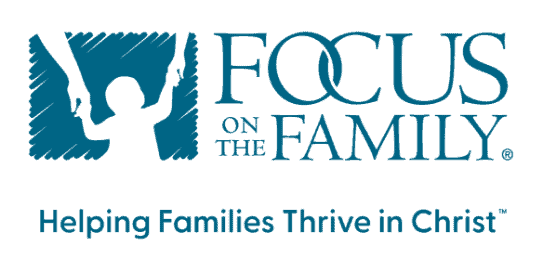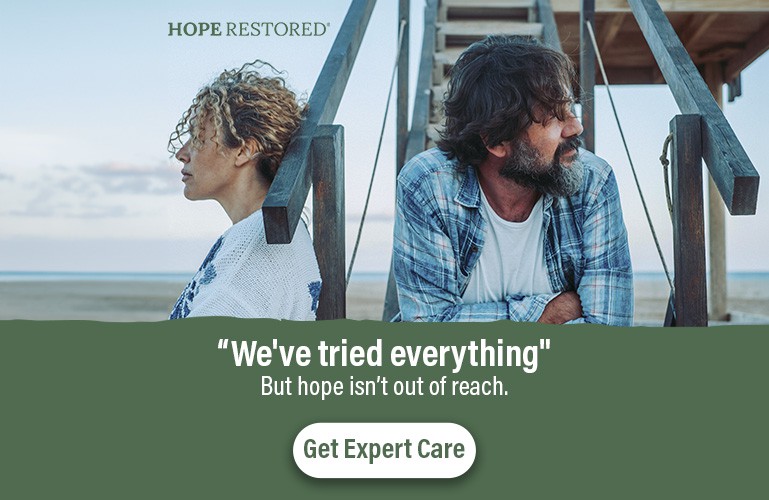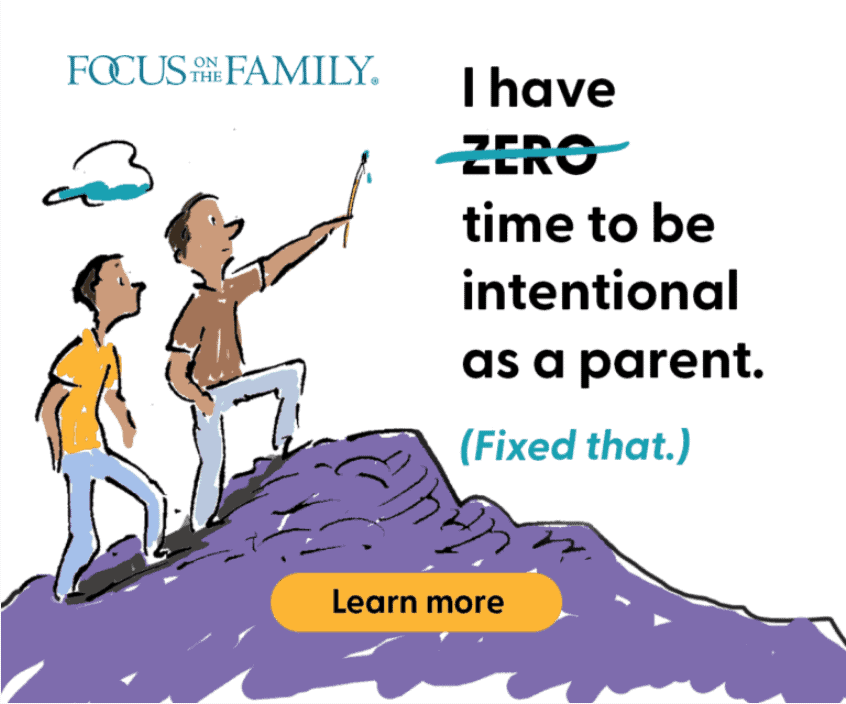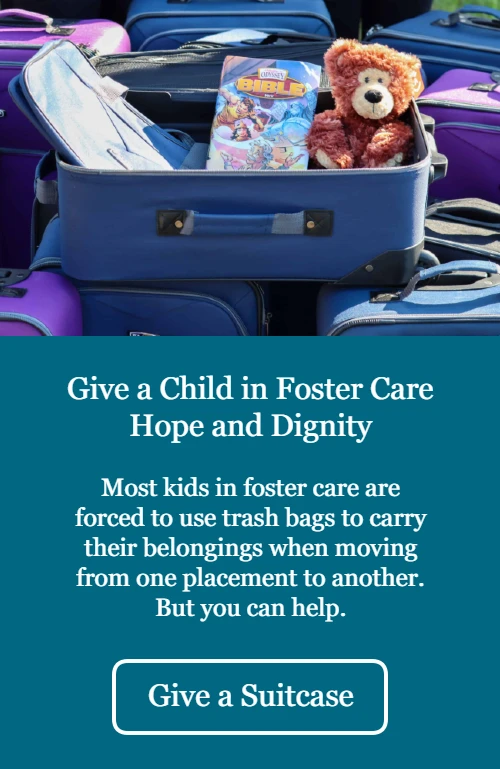For most of us, the question pops up every day: How can I mind my own business and still be responsible to the people I have relationships with?
The answer won’t always be straightforward because every person and every situation is different. But we can take steps in the right direction by understanding basic principles of control and responsibility.
We’ll look at those principles in a grid diagram with four quadrants. Each quadrant represents a style of interacting with another person that balances what we can and can’t control with what we do and don’t take responsibility for. These styles aren’t personality types (which are mostly unchangeable). Instead, they are ways that people interact relationally in any given situation: hold, toss, grab, or fold.
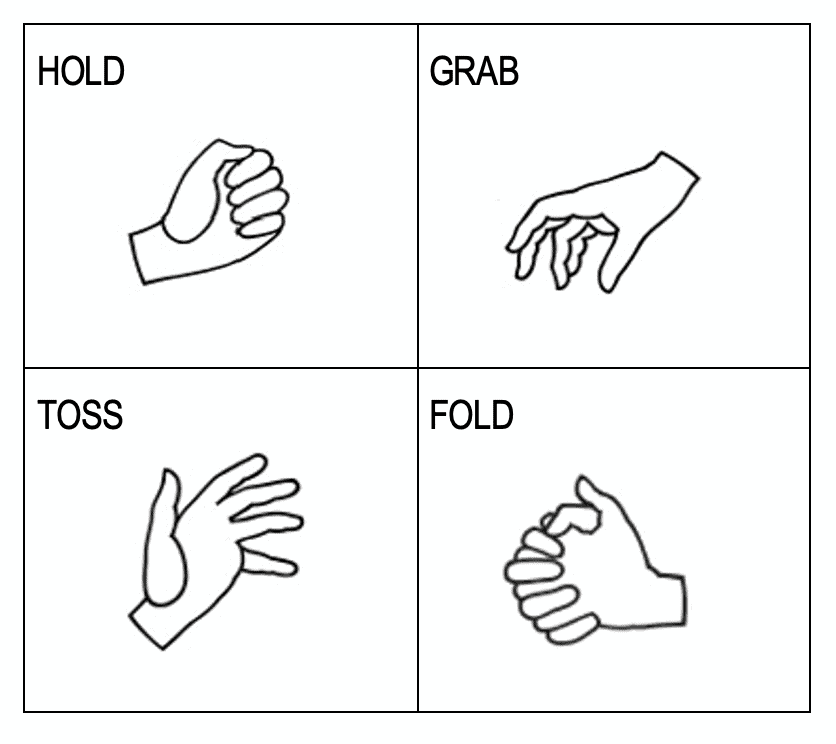
Anyone can use any of the four styles. In fact, it’s possible to bounce back and forth among different styles during a single conversation. Here’s the key, though: Only holding and folding are healthy styles of interaction. Tossing and grabbing aren’t.
Let’s dig into each style.
HOLD
HOLD is a healthy way of interacting. In this style, a person accurately realizes what they can control and says, This is what I take responsibility for. The HOLD-er says, What’s mine is mine.
When you use this style, you hold onto things that are legitimately yours to control. You keep what’s yours to keep. You are responsible for it.
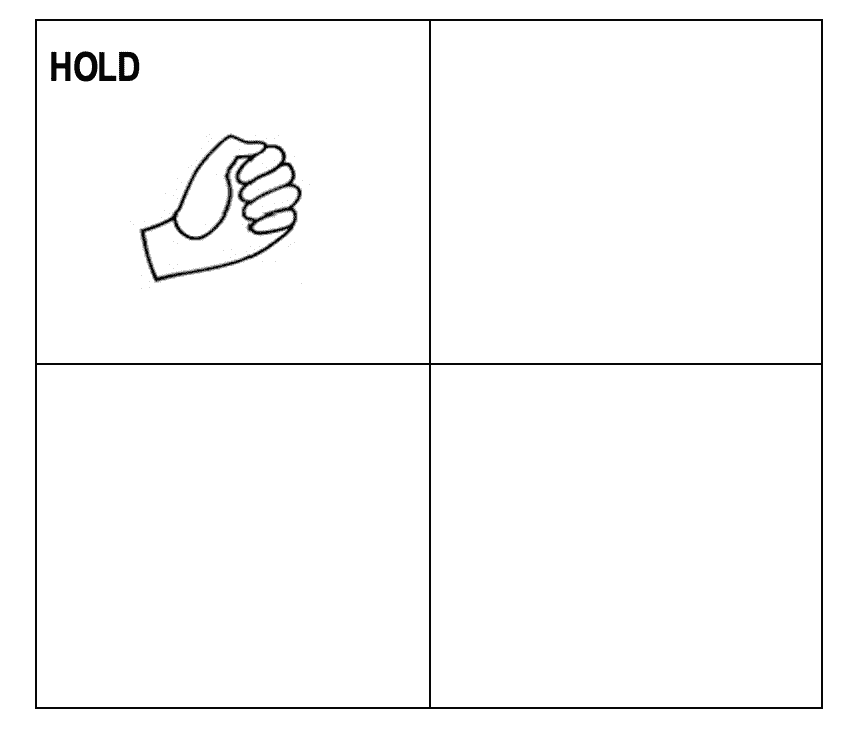
People who HOLD are:
- Responsible
- Honest — truthful with themself and others
- Trustworthy — others can count on them to follow through with what they control
- Willing to accept consequences — they respond to things they can control and accept the results of their actions
- Consistent in taking ownership of themself
Those who HOLD have confidence in their abilities and character. The more honest you are with yourself and others, the more confident you’ll be.
The unhealthy opposite of HOLD-ing is TOSS-ing.
TOSS
TOSS-ers consider what they can control but say, I DON’T take responsibility for it. The TOSS-er wrongly says, What’s mine is yours.
When you use this style, you toss off your responsibilities. You try to unload your responsibilities onto somebody else for them to handle, fix, or bear the consequences of.
TOSS-ing sounds something like this:
- “It’s not my fault …” (implying that it’s yours)
- “Honey, you didn’t …!”
- “Son, you ruined my entire day.”
- “Gary, you’re making me have migraines.”
In other words, blame.
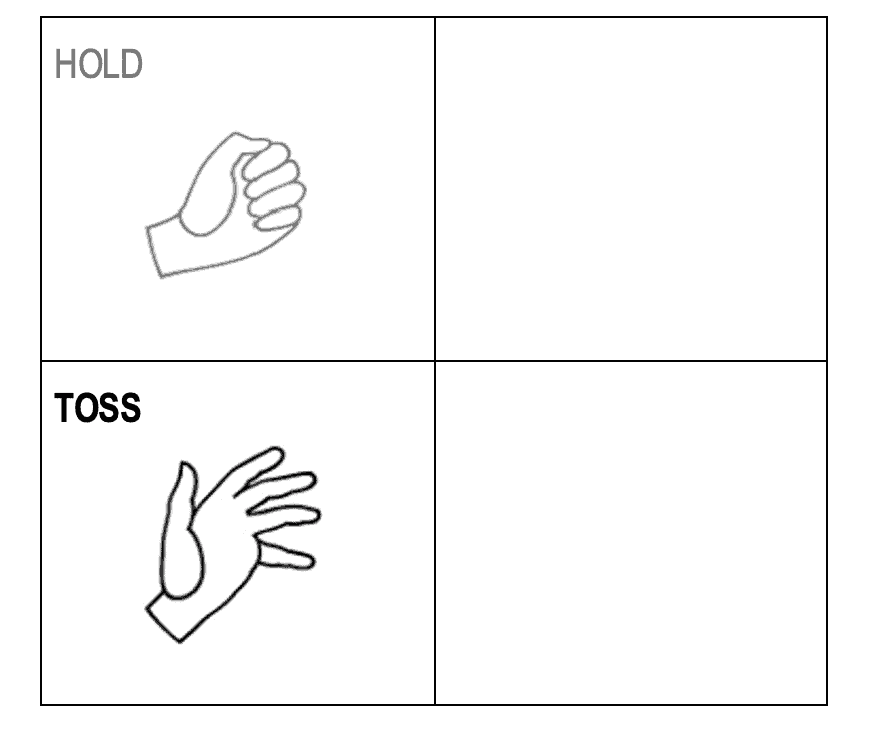
People who TOSS can be described as:
- Irresponsible
- Untrustworthy
- Always looking for ways to avoid consequences
- Liars, deniers, blamers — they point fingers at everybody else for their actions
- Avoiders — they don’t respond to what’s theirs
Those who TOSS find that their confidence wears away. Why? Because confidence grows in direct proportion to honesty, and people using the TOSS style are not being honest. Even if you get away with blaming somebody else — even if that other person does take the fall for your actions — you won’t gain genuine assurance about your character and abilities.
The next style, GRAB, falls into the same unhealthy vein as TOSS.
GRAB
When someone chooses to GRAB, they consider what they can’t control but then say, I DO take responsibility for it. The GRAB-er wrongly says, What’s yours is mine.
People who use this style of interacting often find themselves thinking, If it’s my fault, I can “fix” it (him or her) because I’m the responsible person. And if I can fix it, then it will turn out the way I want it to. But that’s not reality. We don’t and can’t control the way other people turn out.
What might this look like? Maybe your spouse TOSS-es, and you GRAB what he or she just TOSS-ed. Or you start GRAB-ing even before your spouse starts TOSS-ing. I’ll just handle it all from the beginning, you decide.
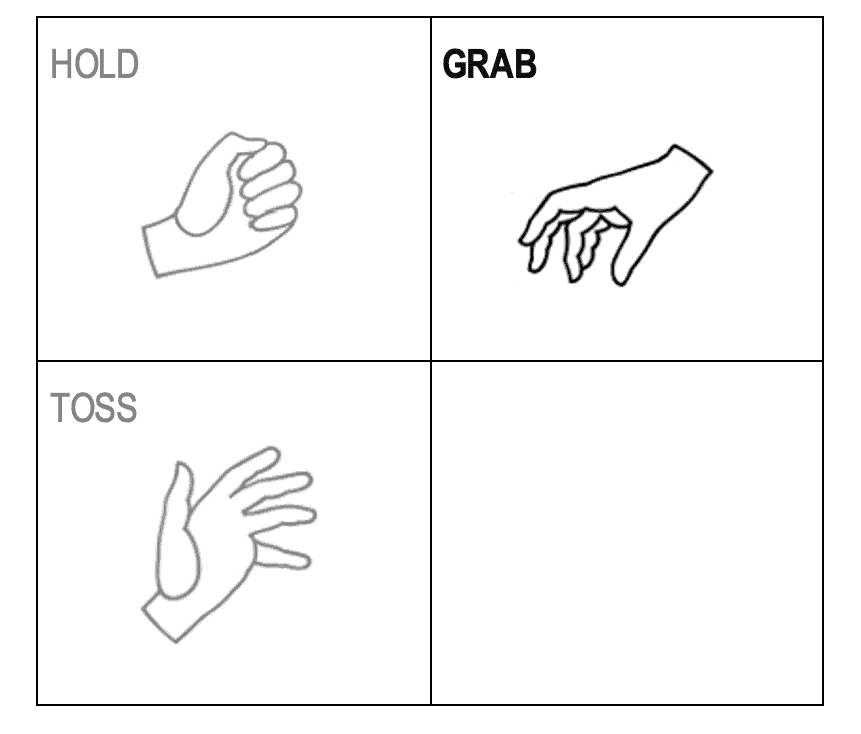
People who GRAB can be described as:
- Overly responsible — they try to bear burdens that aren’t theirs
- Fixers, rescuers, enablers, codependent
- Martyrs — an “oh, poor me” person
- Quick to accept consequences for wrongs they never committed
- Overly controlling or intimidating
- Likely to take ownership of themself and others
- Thinking that problems are their fault: If only I would have …
- Manipulators — they try to force the outcome of a situation that they have no legitimate control over
Those who GRAB watch their confidence be destroyed. Why? Because you can’t win the game of controlling the uncontrollable. Even if it seems like you did win, you’ll only gain a false sense of confidence. Taking responsibility for things you can’t control is not healthy. And it’s not based on truth — no matter how spiritual you might try to make it sound.
The healthy choice? Learn how to FOLD.
FOLD
FOLD is a healthy way of interacting. In this style, a person accurately realizes what they can’t control and says, I don’t take responsibility for it. The FOLD-er says, What’s yours is yours.
Picture FOLD-ing your hands in peace and self-control. In essence, you refuse to GRAB what isn’t your problem. Using this style of relating may give the appearance that you don’t care, but that’s not true. You do care about the other person’s situation; it’s just not your problem.
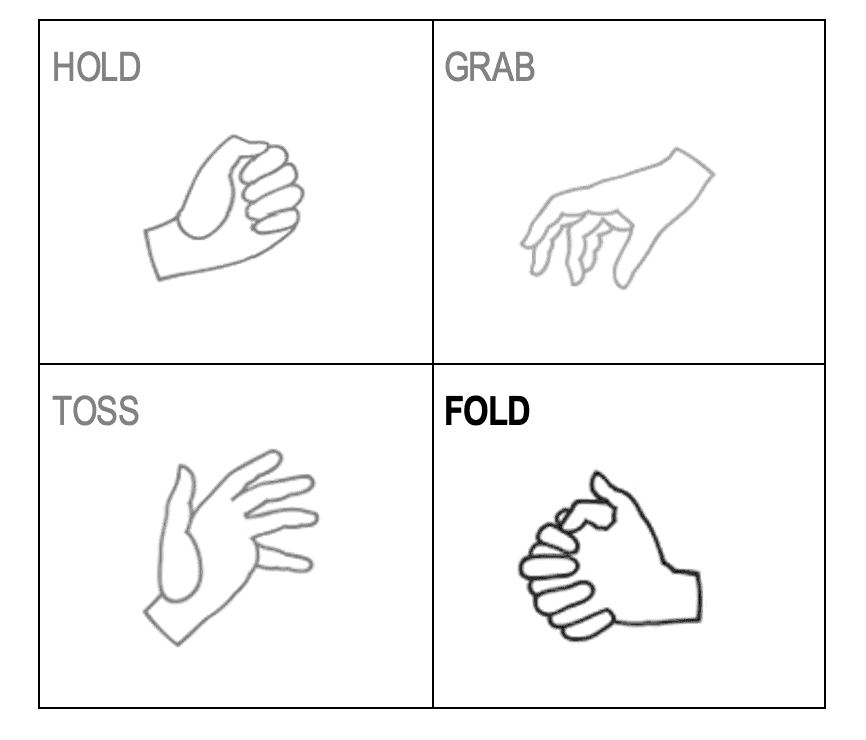
People who FOLD can be accurately described as:
- Minding their own business
- Honest — they let you know what’s yours and what’s theirs
- Trustworthy — they can be counted on to keep their hands off what doesn’t belong to them
- Willing to let consequences fall where they belong (on the other person), even if it’s hard to stand by and watch
- Not taking ownership of the other person’s responsibilities
Every day we’re affected by things we have no control over. It’s easy to fall into the trap of thinking, Well, since it affects me, I should have some control over it! But if you do that, you end up interacting as a GRAB-er. Remember: If it’s not yours to own, keep your hands FOLD-ed. Don’t take responsibility for it, even if it has a huge impact on you. At the risk of sounding uncaring, that’s just life. It’s a hard reality of living in a fallen world.
However, we know that it’s painful to be affected by something we can’t control. It makes us feel out of control because it is out of our control. It’s painful to keep your hands faithfully FOLD-ed when someone you love — your teen, spouse, parent, adult son or daughter, grandchild, friend — makes unwise choices.
When someone you love gets hurt, you hurt, too. (It’s hard to be the one to press assault charges against your spouse. It’s embarrassing to walk through the church lobby after spending Saturday night at the police station bailing your daughter out of jail.) It’s hard to let people we deeply love make mistakes that we know will shape them for the rest of their lives — sometimes in huge ways.
And FOLD-ing can be even harder when there’s something we can’t control and we’re not responsible for the outcome, yet we’re still liable for damages. This can be especially true for parents of teenagers. Mandy’s* story is a good example:
One Saturday night, Mandy took the family car — without asking — to meet up with some friends. In the course of the evening, she managed to trade paint with a parked car in a parking lot. To deal with this situation, we encouraged Mandy’s parents to use the FOLD interactive style. Mandy’s parents were not responsible for Mandy’s actions; but they were legally liable for the financial damages to the other vehicle. So they chose to make Mandy pay for the damage to the family car, and they paid for repairing the other vehicle.
Choosing to FOLD can be the most challenging style of relational interaction. But when all is said and done, those who FOLD find confidence in the truth that what’s yours is yours, and what’s theirs is theirs. They accept that the world isn’t perfect, that they aren’t perfect, and that their loved ones aren’t perfect — and they use that understanding to live responsibly and encourage others to do the same.
Bottom line?
Remember to HOLD and FOLD; those are the healthy styles of interacting. Avoid the TOSS and GRAB styles; those are unhealthy ways of interacting with another person.
*Name has been changed.
